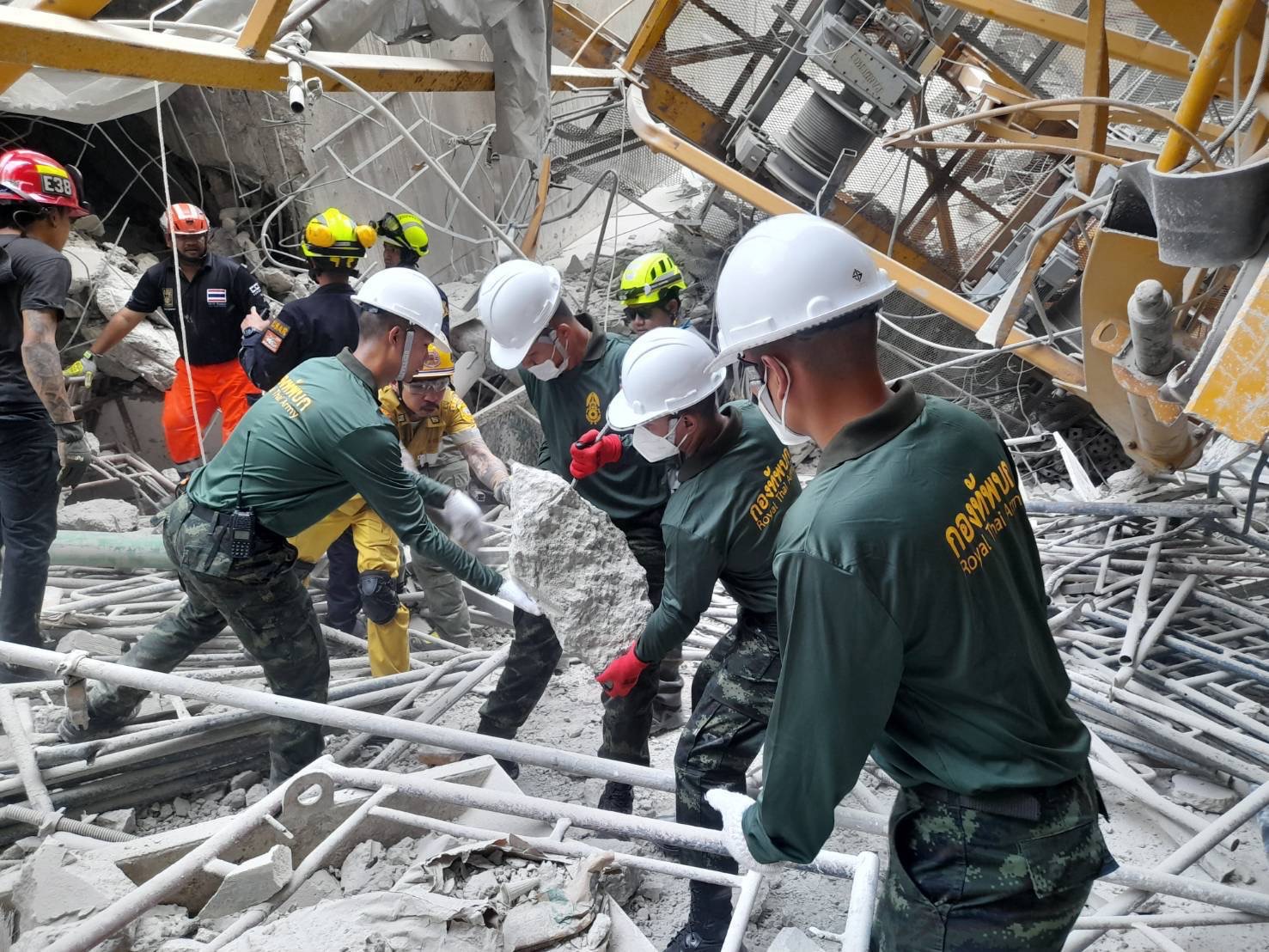

A powerful 7.7-magnitude earthquake struck central Myanmar (Burma), near Sagaing, on March 28, 2025 (12:50 local time). Several strong earthquakes followed, as well as multiple aftershocks. This was the most catastrophic earthquake in Myanmar since the Maymyo earthquake of 1912. It destroyed nearly 50,000 residential buildings, thousands of monasteries and schools, and hundreds of hospitals, in addition to the capital’s new airport and many highways.
In Mandalay and Sagaing, at least 500 Muslims were killed in mosques during prayers. Sein Panyat, one of the poorest neighborhoods in Mandalay, survived the earthquake. However, the earthquake triggered several fires, and within minutes, all 400 homes were gone. More than 2,000 people were left homeless.
The military junta that has ruled Myanmar since a 2021 coup declared a state of emergency in six areas: Sagaing, Mandalay, Magway, eastern Shan State, Naypyidaw and Bago. The United Nations estimated that over 28 million people in the six regions required assistance. The military also made a rare request for humanitarian aid from the international community.
Other countries affected by the earthquake include India, Laos, China, Bangladesh and Thailand. In Bangkok, a high-rise building under construction collapsed, trapping several dozen workers.
(Photo: The Royal Thai Army provide assistance and evacuate people trapped inside a building that collapsed in Bangkok due to the earthquake on March 28, 2025. Credit: Royal Thai Army via X)
Key facts
- In Myanmar, approximately 5,104 people were injured, and 3,768 people died.
- In Thailand, 30 people died and 38 were injured.
- Nearly 22 million people – over a third of the population of Myanmar – require humanitarian assistance.
Latest Updates
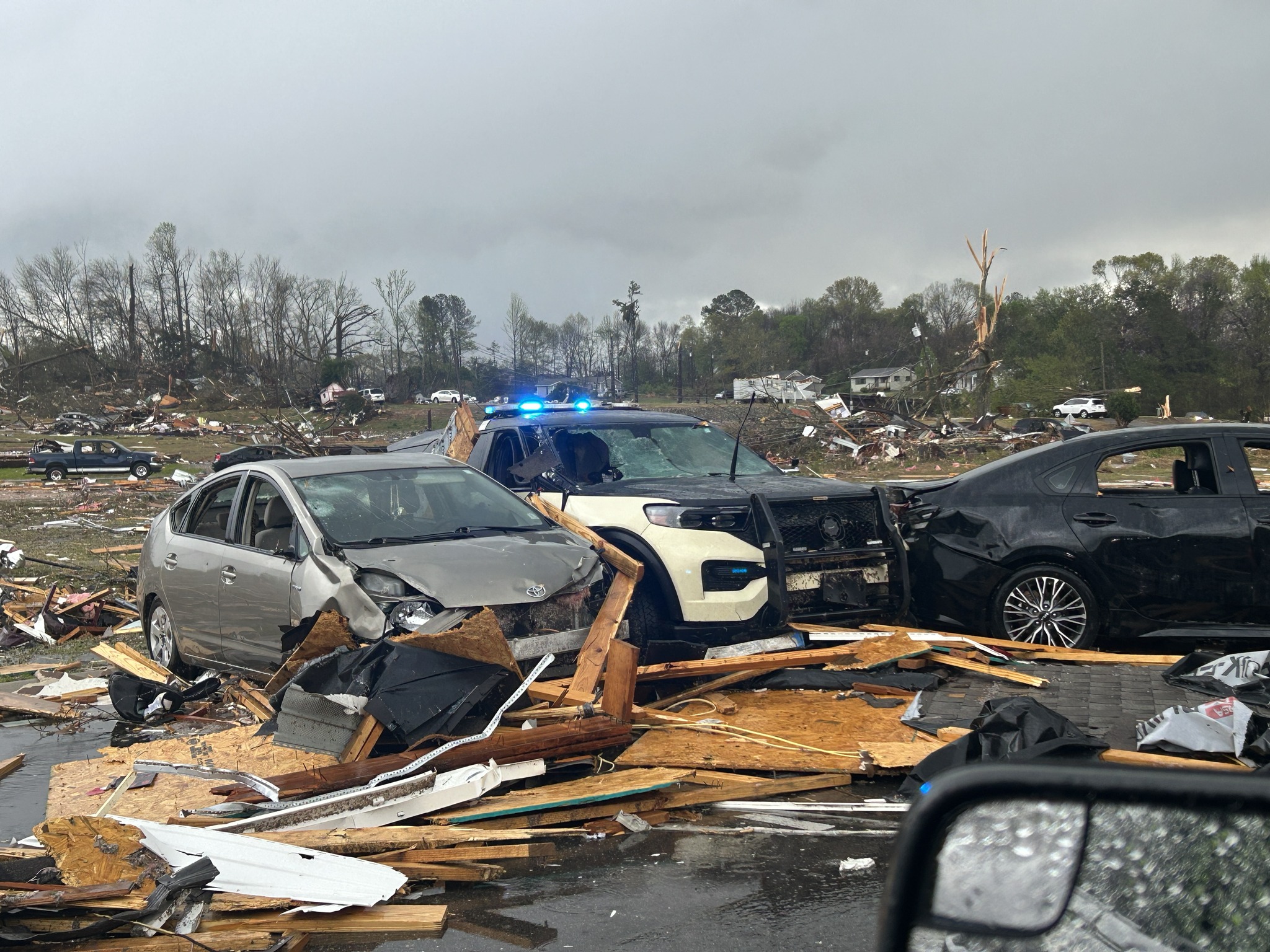
What we’re watching: Weekly disaster update, April 7
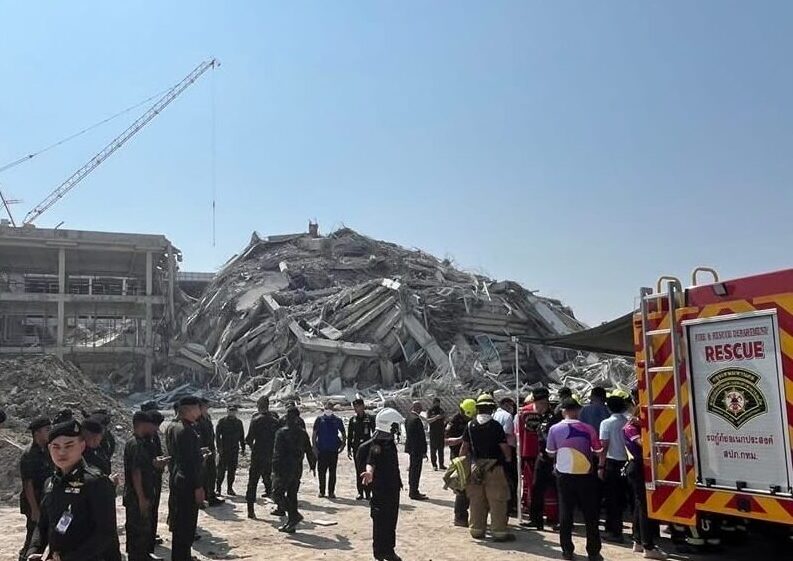
How donors can help survivors of the Myanmar earthquake
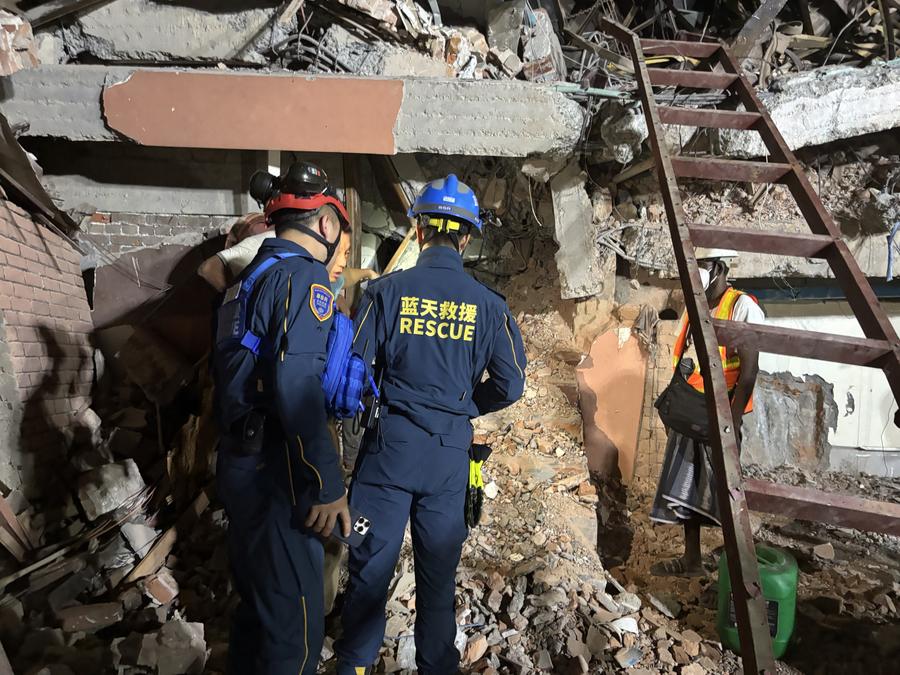
What we’re watching: Weekly disaster update, March 31
Existing humanitarian crisis worsened
More than 75,000 people have died since the conflict in Myanmar started in 2021. It is the world’s third deadliest conflict, behind Ukraine and Palestine.
According to UNHCR, over 3.5 million people are internally displaced in Myanmar.
Earthquakes are not a natural disaster
Earthquakes are among the most devastating natural hazards. They become disasters when they interact with a vulnerability.
Like the 2023 earthquakes in Turkey and Syria, the earthquake that devastated Myanmar and Thailand cannot be called a “natural disaster.” While natural hazards, such as earthquakes, are inevitable, their impact on society is not.
You can learn more about earthquakes in our Earthquakes Issue Insight.
Funders can help minimize the impact of this disaster and other disasters in Myanmar and Thailand by advocating for safe building construction, supporting risk communication campaigns, making long-term investments to ensure a full recovery that incorporates risk reduction, and strengthening preparedness and resilience.
Cash assistance
As with most disasters and emergencies, cash donations are recommended by disaster experts as they allow for on-the-ground agencies to direct funds to the most significant area of need, support economic recovery and ensure donation management does not detract from disaster recovery needs and quickly re-establishing access to basic needs.
The Center for Disaster Philanthropy (CDP) recommends cash as a donation method and a recovery strategy. Direct cash assistance can allow families to purchase items and services that address their multiple needs. It gives each family flexibility and choice, ensuring that support is relevant and timely. Cash-based approaches to disaster recovery also give people the freedom to choose how they rebuild their lives and provide a pathway to economic empowerment.
Support local organizations
Local humanitarian leaders and organizations are vital in providing immediate relief and setting the course for long-term equitable recovery in communities after a disaster or crisis. However, these leaders and organizations are often under-resourced and underfunded.
Grant to locally-led entities as much as possible. If a tax receipt is needed, CDP has identified several potential grantee partners in Myanmar and Thailand who are responding to the crises.
Donations to CDP’s Global Recovery Fund (select “2025 Myanmar and Turkey Earthquake”) can allow these local organizations to increase support for their communities, as CDP can provide grants to organizations outside the U.S.
If you choose to grant directly, ensure the international partners have deep roots in affected communities and are trusted by and work directly with local and national stakeholders.
Health
Striking without warning, earthquakes are among the most devastating natural hazards. The aftermath of an earthquake can cause immediate and long-term effects, especially in lower-middle-income countries.
All nearby hospitals were overwhelmed with patients, and many suffered damage during the earthquake. Catholic Relief Services, one of CDP’s grantee partners, said, “… the high number of trauma-related injuries—fractures, open wounds and impacts of crush syndrome—pose a high risk of infection and complications, especially given the limited surgical capacity and inadequate measures to prevent infection.”
The lack of WASH (water, sanitation and hygiene) services and safe shelters increases exposure to communicable disease outbreaks in the aftermath of an earthquake.
Mental health and psychosocial support
The earthquake affected people who were already displaced and resulted in new displacements, causing and exacerbating extreme poverty. Because of the ongoing conflict, displaced individuals in Myanmar may also have post-traumatic stress disorder.
Survivors of deadly earthquakes are forced to deal with lasting trauma. In times of crisis, older people are often among the most vulnerable and disadvantaged populations.
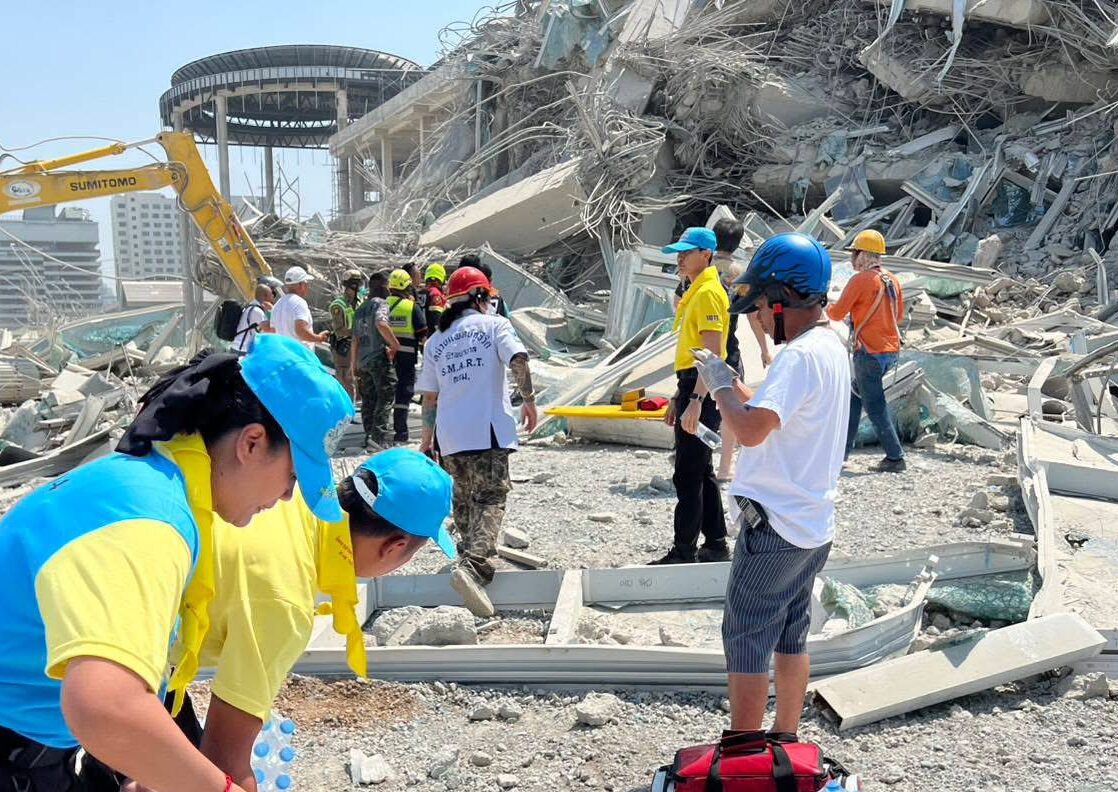
CDP’s Global Recovery Fund (select “2025 Myanmar and Thailand earthquake” from the dropdown menu) supports recovery in complex humanitarian emergencies and earthquake-affected communities as they work to rebuild.
Contact CDP
Philanthropic contributions
If you have questions about donating to the CDP Global Recovery Fund, need help with your disaster-giving strategy or want to share how you’re responding to this disaster, please contact development.
(Photo: Emergency response efforts in the Chatuchak District in Bangkok, Thailand following the March 28 earthquake. Credit: Royal Thai Army via X)
Recovery updates
If you are a responding NGO, please send updates on how you are working on recovery from this disaster to Tanya Gulliver-Garcia.
We welcome the republication of our content. Please credit the Center for Disaster Philanthropy.
Resources
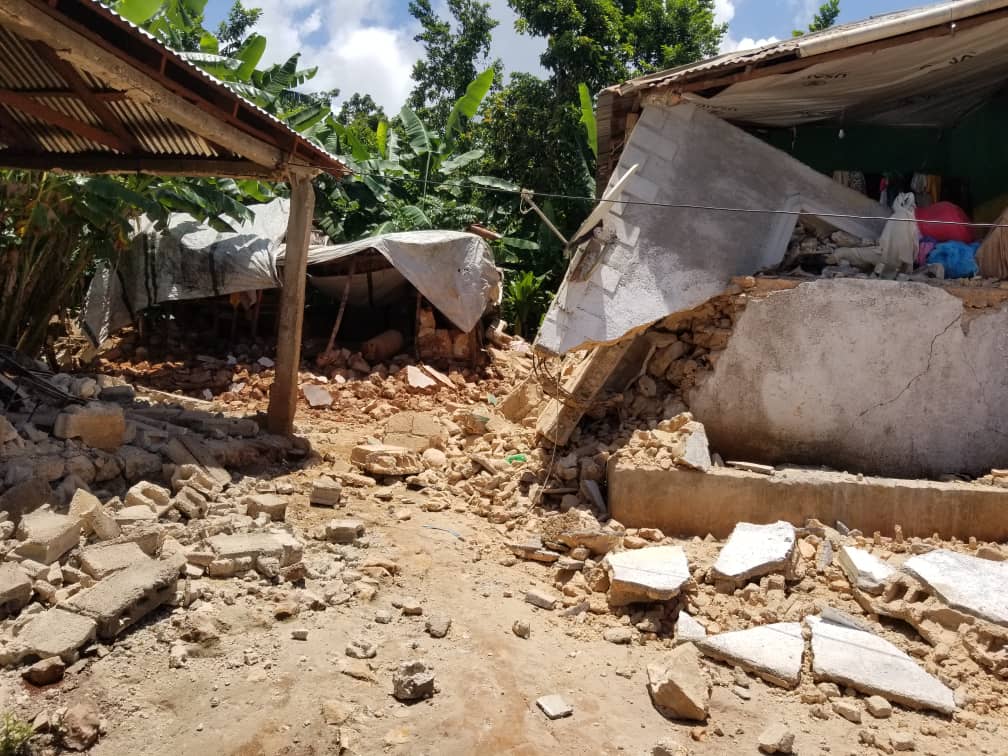
Earthquakes
Striking without warning, earthquakes often are among the most devastating disasters. Caused by the movement of plates along fault lines on the earth’s surface, earthquakes often leave a monumental path of instant death and destruction.
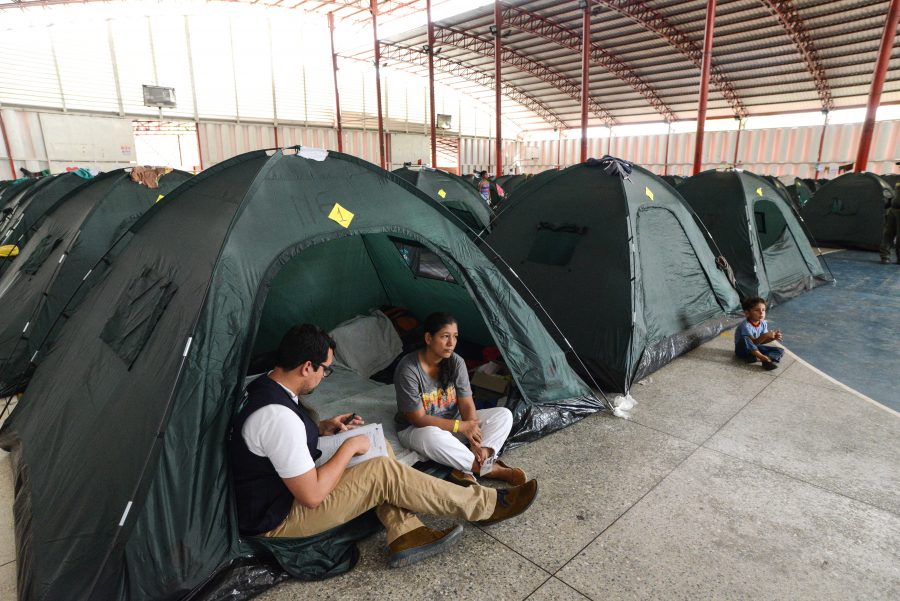
Complex Humanitarian Emergencies
CHEs involve an acute emergency layered over ongoing instability. Multiple scenarios can cause CHEs, like the civil wars in Syria and Yemen, the man-made political crisis in Venezuela, or the conflict in Ukraine.

Disaster Phases
Disasters affect millions of people and cause billions of dollars in damage globally each year. To help understand and manage disasters, practitioners, academics and government agencies frame disasters in phases.